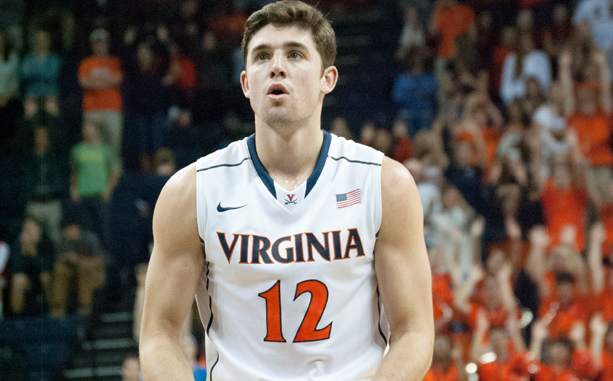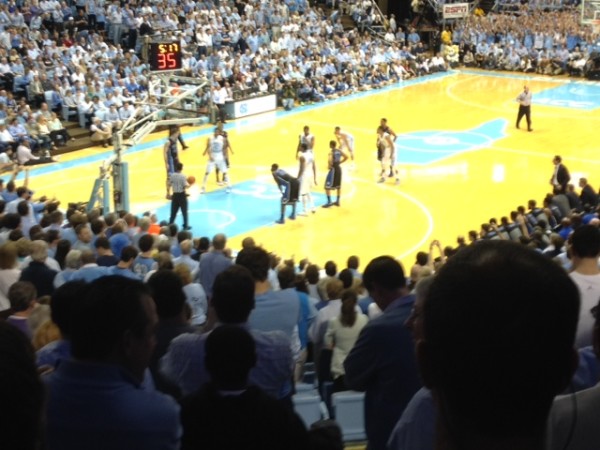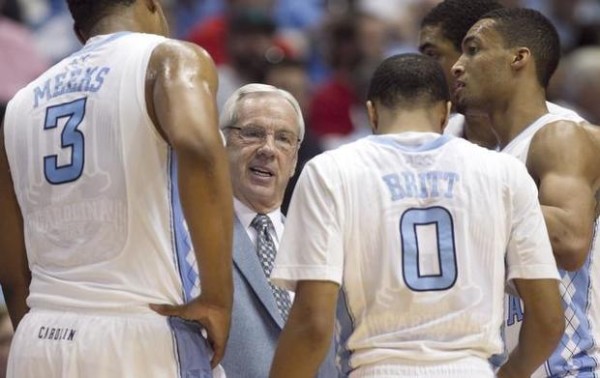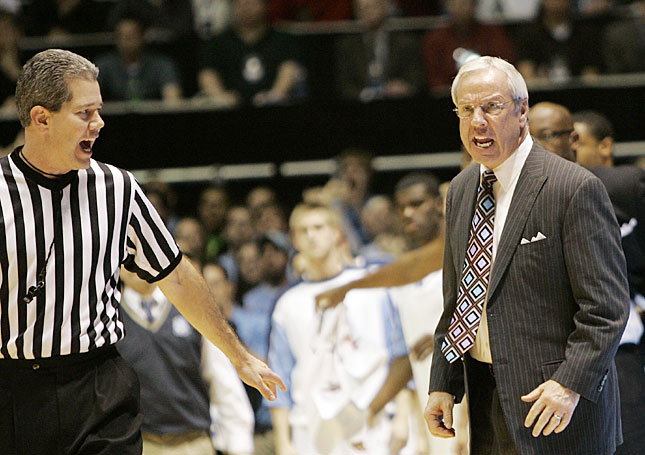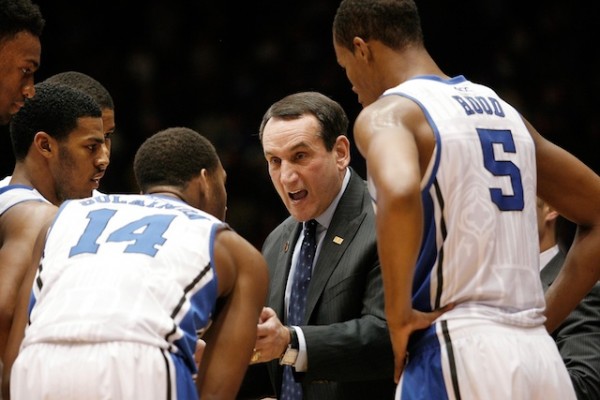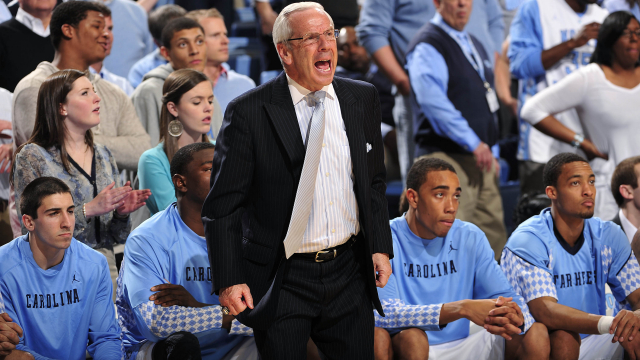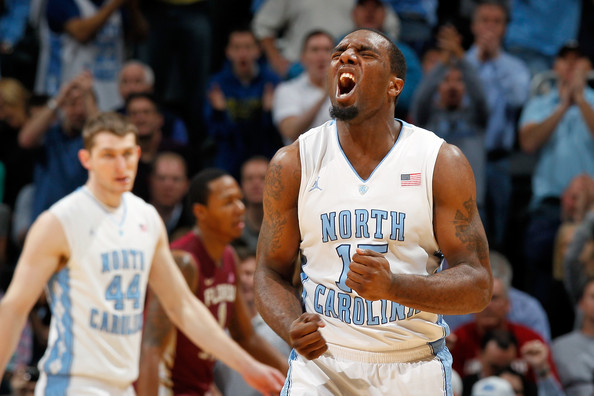ACC Preview: North Carolina’s Burning Question
Posted by Lathan Wells on November 10th, 2014This team preview is part of the RTC ACC microsite’s preseason coverage. You will find a list with links to all the team previews on the ACC Microsite Preview Page, located here.
Can North Carolina’s frontcourt live up to its potential?
North Carolina underwent a major roster re-shuffling last season due to the dismissal of P.J. Hairston and the late insertion of Leslie McDonald into the lineup. The team was all over the place in the season’s first half, notching impressive wins over highly-ranked teams while suffering several head-scratching losses to lesser opponents. The Tar Heels finally found their footing come conference play, however, and finished 24-10 overall (13-5 ACC) en route to the NCAA Tournament’s Third Round, where they lost to Iowa State. This year’s edition is projected as a better team, but the Tar Heels’ chances of making a deep run in March will directly tie to the success of its deep but sometimes inconsistent frontcourt.
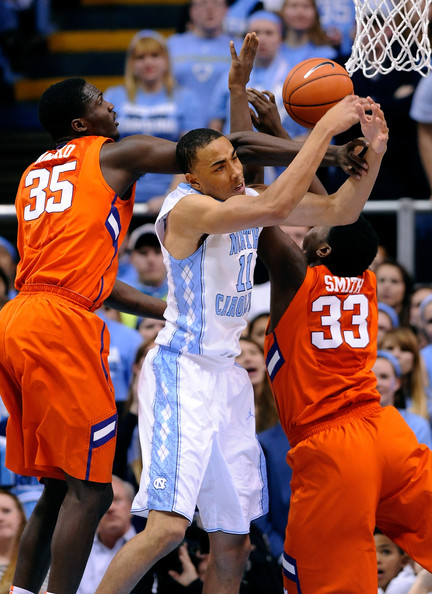
Johnson will need to use his added bulk to help him bang with the bigs in the ACC this year (gettyimages)
Brice Johnson was a sort of super-sub for North Carolina last year, spelling enigmatic James Michael McAdoo at power forward and occasionally filling in at the center position. He averaged 10.3 points per game, largely on transition baskets and buckets around the rim. Johnson’s biggest weaknesses were his lack of bulk, causing him to struggle playing against bigger, stronger opponents, and his propensity for foul trouble. He has reportedly added about 20 pounds to his frame, so the Heels hope that his improved strength will allow him to handle the night-in, night-out pounding in the paint. If he can also become a more well-rounded defender by tempering the tendency to send every opponent’s shot into the fifth row, Johnson can better remain on the floor and become a very dependable contributor on both ends of the court.
Johnson’s running mate in the paint, Kennedy Meeks, was a polar opposite of Johnson. Meeks came into Chapel Hill as a freshman needing to lose weight, and he has done so to the tune of a whopping 50 pounds in the last year-plus. Meeks is not a prototypical center at 6’8″, but he has excellent offensive moves around the basket and understands his limitations in playing below the rim. He is also an exceptional passer, helping to ignite fast breaks and finding open men from the post. Like Johnson, Meeks needs to stay on the floor with McAdoo no longer in the mix, but if his conditioning has greatly improved that will prove much easier for the sophomore. Meeks and Johnson also showed great chemistry in executing the high-low game when they shared court time last year, which bodes very well for the team when they are operating together in the Tar Heels’ starting lineup.





























